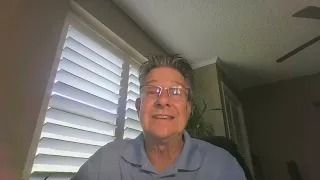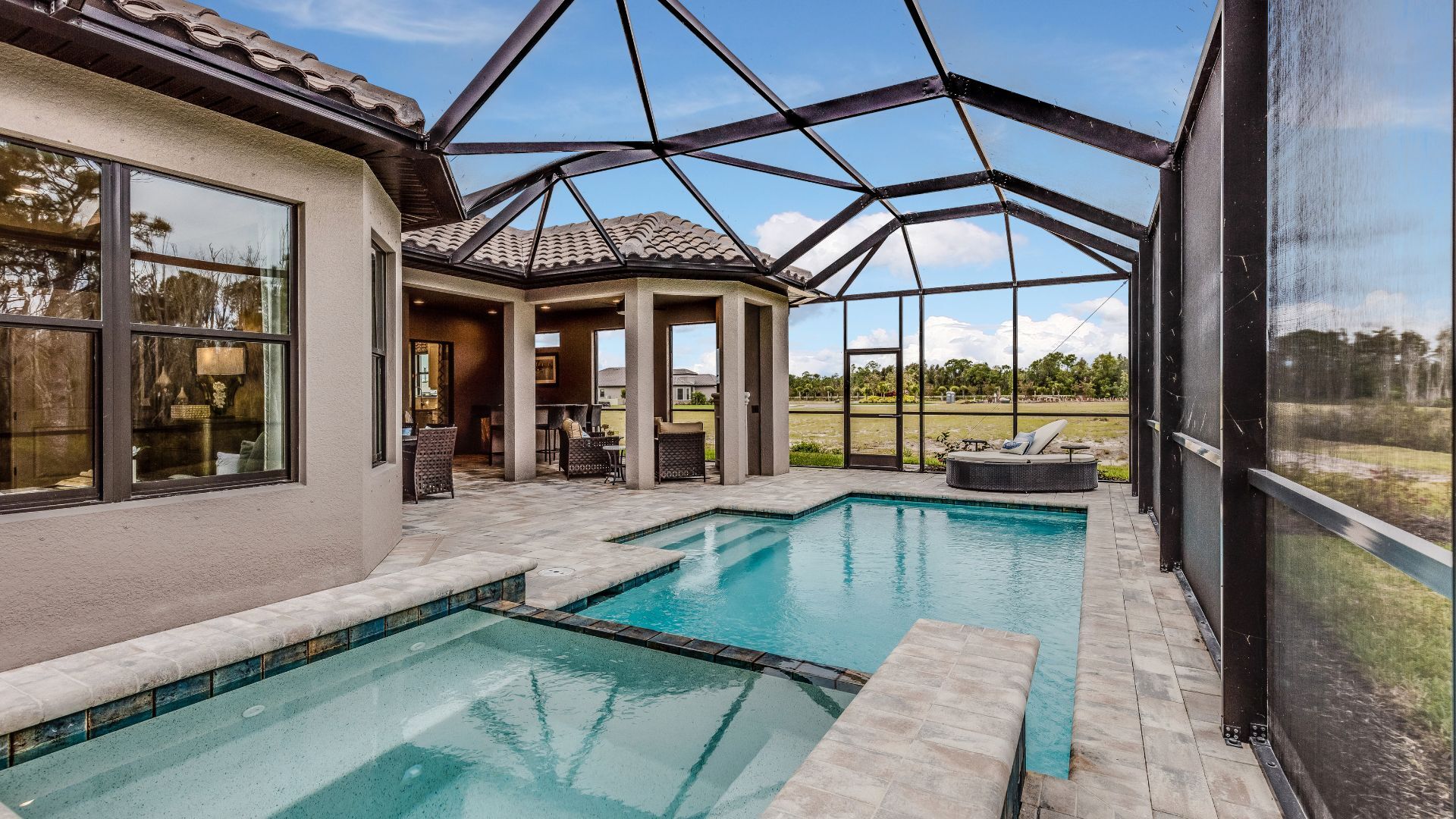Preparing for millions of minority homebuyers The future is not guaranteed
Since day one of my mortgage career, my main role was to help Hispanic borrowers with responsible lending. For the past 21 years, I have been deeply entrenched in truly understanding the unique needs and cultural nuances of homebuyers with diverse backgrounds. Being an active originator helps me keep a pulse on the market and the current issues borrowers face every day on their journey to homeownership.
Minority mortgage-ready millennials
I interact daily with first-time buyers and buyers of diverse backgrounds and continue to help them achieve the dream of homeownership. In my role as national vice president of multicultural lending, I’m involved at a high level with the executive leadership team here at New American Funding, providing input regarding what is really going on at the “street-level” and being the liaison between our sales force and executive leadership.
According to the U.S. Census Bureau, there are now 60.6 million Hispanics in America. That is almost 19% of the entire US population. And according to Freddie Mac, in 2019, there were 8.3 million Hispanic mortgage-ready millennials, or as we like to call them at New American Funding, “Hispennials”. The Hispanic market presents a tremendous business opportunity now and for years to come if approached correctly. Despite the recent COVID-19 pandemic, the Hispanic homeownership rate increased to 49% in 2020, compared to 47.5% in 2019, per the National Association of Hispanic Real Estate Professionals’ 2020 State of Hispanic Homeownership Report.
According to the Urban Institute, all future homeownership growth will come from non-White households, with Hispanics accounting for 70% of homeownership growth over the next 20 years. Per Freddie Mac, in the 31 largest MSAs, there are over 1.7 million Black millennials who would qualify for a mortgage. New York City, Atlanta, Washington D.C. and Chicago each have more than 100,000 Black residents ready for homeownership.
And according to a November 2020 report released by the National Association of Realtors, 5% of homebuyers during the first three quarters of 2020 were Black, compared to 4% in 2019. Despite a 1% increase, U.S. Census data shows Black millennials raised the homeownership rate for African Americans more than 2% over the same time frame. The homeownership rate for Black Americans grew to 47% during the second quarter of 2020 compared to 44% during the first quarter.
Start Your Loan
with DDA todayYour local Mortgage Broker
Mortgage Broker Largo See our Reviews
Looking for more details? Listen to our extended podcast!
Check out our other helpful videos to learn more about credit and residential mortgages.





